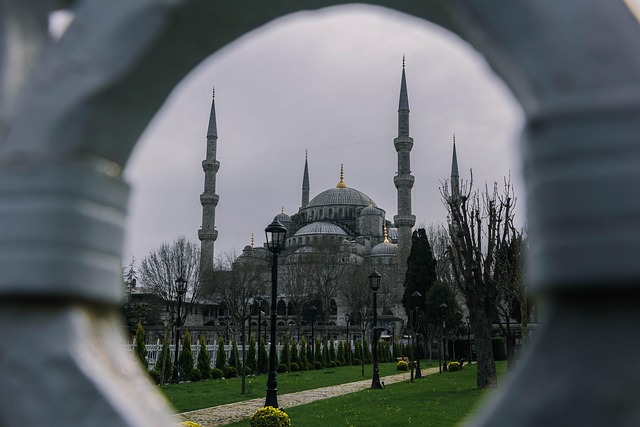In urban environments, green spaces offer more than just a visual respite; they form the heartbeat of our communities, providing us with a precious connection to nature. Preserving these essential areas requires a collaborative approach toward green area maintenance, fostering a deep appreciation for the environment and our role in safeguarding it.
One of the first steps to ensuring that our green spaces remain vibrant and healthy is by promoting eco-friendly gardening practices. Opt for native plants that thrive in your local climate, requiring less water and maintenance. This not only reduces resource consumption but also supports local wildlife, from pollinating bees to wandering butterflies. Community gardening initiatives can encourage residents to take part in cultivating these native plants, creating a sense of ownership and responsibility.
Mulching is another effective technique for maintaining green areas. By using organic mulch, you not only suppress weeds but also retain soil moisture and improve its fertility. This process enriches the ecosystem and reduces the need for chemical fertilizers, making it a perfect choice for those dedicated to eco-friendly practices.
Regularly scheduled clean-up days can also invigorate community spirit while preserving these vital green spaces. Engaging fellow residents in activities like trash pick-up or invasive species removal fosters a strong connection to the area, turning maintenance chores into community-building events. As neighbors work side by side, they often develop lasting friendships and a collective mission to protect their environment.
Water conservation is a crucial aspect of green area maintenance, especially in regions prone to drought. Implementing rain gardens or using barrels to collect rainwater are innovative ways to reduce water usage while nourishing the plants that beautify our neighborhoods. By working together to implement these tactics, community members can lessen their ecological footprint while keeping their green spaces lush.
Creating habitats for wildlife is another key principle in green area maintenance. Birdhouses, bee hotels, and native plant gardens can turn a simple green space into a thriving ecosystem. Consider organizing workshops to educate residents about the significance of biodiversity and how small changes can make a big difference in fostering local wildlife.
Don’t forget the importance of community education in maintaining these green areas. Hosting informational seminars on composting or organic gardening techniques can empower residents to adopt eco-friendly practices at home. Sharing resources – from local gardening clubs to environmental organizations – can lead to more informed decisions and a stronger community commitment to preserving nature.
Finally, leveraging technology can enhance green area maintenance efforts. Social media platforms can help raise awareness about upcoming community events, share tips for eco-friendly practices, and even coordinate maintenance schedules. By utilizing the digital space, communities can inspire others to join their green initiatives, spreading awareness and encouraging active participation.
Embracing these eco-friendly practices not only ensures the longevity and health of green spaces but also nurtures an environment where community bonds flourish. By working together to maintain these valuable resources, we’re fostering a greener future for generations to come.



